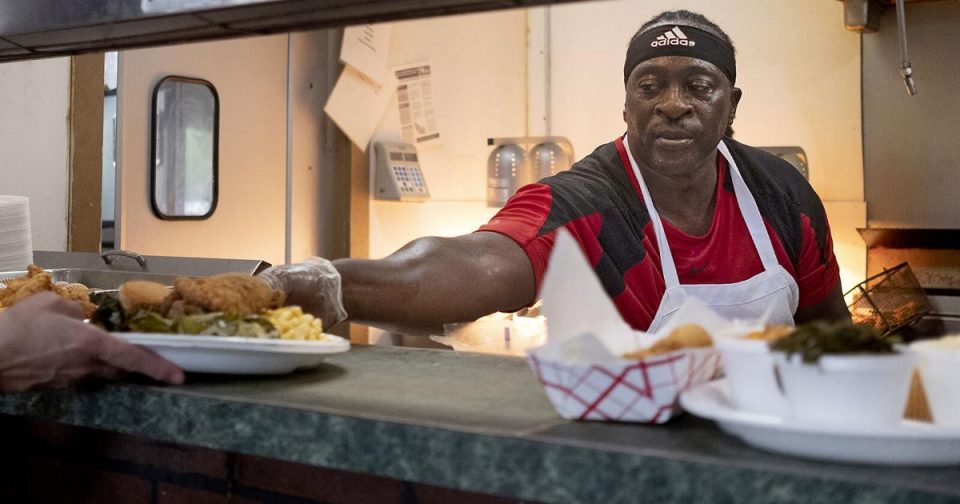The owners of Brother Shuckers restaurant in Carolina Forest said staffing shortages and rising costs led them to permanently close their doors after 10 years in business.
It’s a refrain heard not just along the Grand Strand but across the state and nation. “Now hiring” signs have become commonplace for restaurants large and small.
Myrtle Beach city councilman and restaurant owner Michael Chestnut said he’s “never seen anything like it.”
Chestnut opened Big Mike’s on 16th Avenue North in Myrtle Beach 10 years ago. He said in all his years in the restaurant business, even before opening his own place, he has never witnessed a situation where businesses can’t find anyone to work.
“We can’t even get people to fill out applications,” Chestnut said. “When they do and we hire them, many don’t even show up to work, or when they do, they find every excuse not to work.”
Chestnut said he has some employees who have been with him for years and he is afraid they’re going to “burn out” with all the extra work filling in empty spots.
“We’ve had to close some extra hours and days just to give them a break,” he said. “In fact, we’re closing a few days at the end of this month just to give us a chance to rest.”
He added that with the shortage of employees he’s had to spend more time on the line cooking and has had to neglect other duties.
As to supply shortages, Chestnut said it varies; sometimes it might be a certain type of food and at other times it’s things like paper products.
Susan Cohen, president and CEO of the South Carolina Restaurant and Lodging Association, said these issues are statewide but seem to hit tourism areas a bit harder.
Cohen said restaurants have had to cut back on hours, close extra days and some are cutting back on menu items to make it easier for the smaller staffs.
An April survey of restaurant owners showed that recruiting employees and food costs/availability were the top two issues they are facing. In April of 2020, COVID-19 was the top concern for them. This year, COVID-19 was the main issue for only 5% of the respondents.


